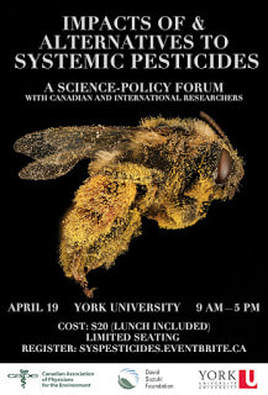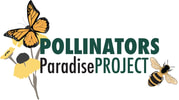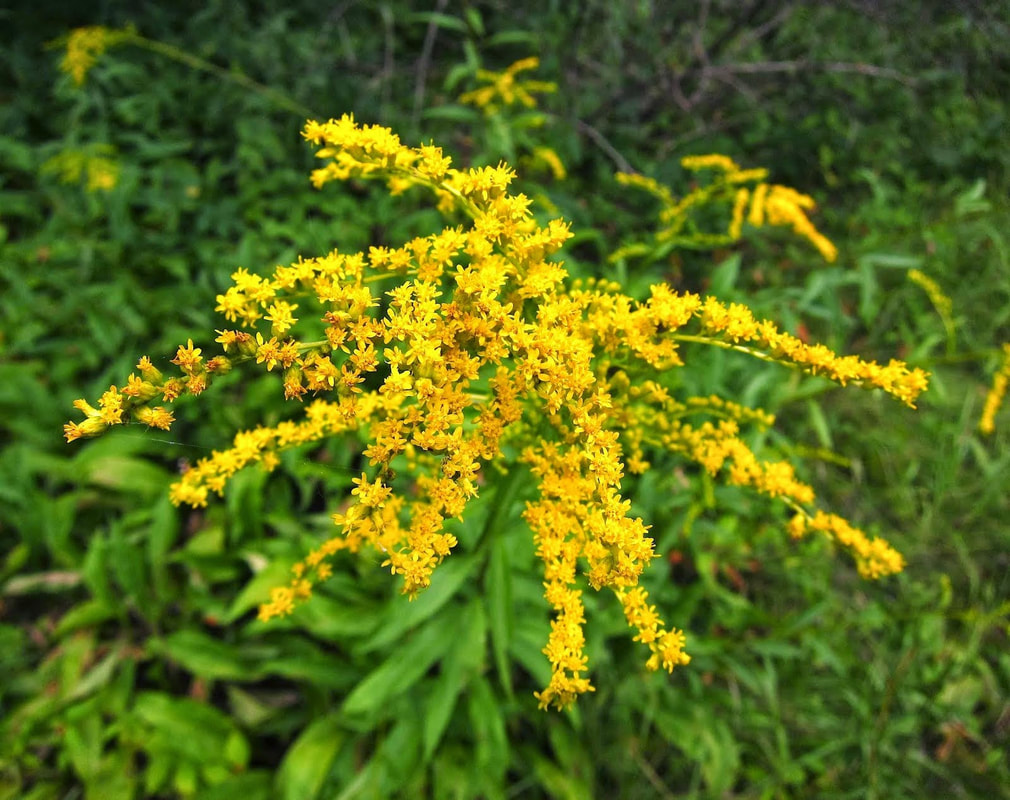 This piece was published in April, 2016 on our blog. "The only acceptable dose of these systemic pesticides is just nothing. Zero." Dr. Jean-Marc Bonmartin, Deputy Chairman TFSP. The Pollinators' Paradise team headed out to York University to attend the Symposium on Impacts of and alternatives to Systemic pesticides: A Science Policy Forum (April 19). Minister of the Environment and Climate Change, the Honourable Glen Murray launched the day's lecture series. Murray stressed that Ontario government is currently taking "most aggressive action" towards climate change, pointing to two "transformative bills"; the Great Lakes Protection Act and the Low Carbon Economy Act. He talked about Ontario's efforts towards getting to 1.5 degrees Celsius and the work begun to get Ontario to zero waste. Minister Murray talked about how 80% of our food comes from California where there is a severe drought. Making the connection between climate change and water: "Lake Superior has 20% of the world's fresh water but is one of the fastest warming bodies of water," Minister Murray said. "The health of our eco-system is interrelated with food production: "We're growing food in a different climate." Following this address, Dr. Laurence Packer (York University) took the floor to help us understand popular misconceptions about bees. Blame it on the domesticated honey bee--that's the reason for the confusion. Not many of us know that bees don't make honey, or at least the vast majority of bees don't. That's right. Packer says he likes honey, but isn't it interesting that most of the research dollars to study bee health go to this fraction of the bee population. Discrimination much? But there is a great diversity of bees. There are over 20,000 described bee species in the world. Ontario has over 300 of these native bees. But they get no credit for the work they do pollinating in fields and such. And yet, greater diversity of wild bee pollinators increases crop yield. Other misconceptions about bees (once you've properly identified them!): bees are mostly solitary. Most of them are ground nesting, (250 nests per square metres), most are not hardworking (some are cuckoo bees) and more than half of all individual bees can not sting! What do native bees need to thrive? Well drained soils (oak savannah/prairie), "no pesticides zone," diversity of habitat (adding wildflower mixes increased bee abundance and diversity.) We need to maintain hot spot habitats. Packer pointed out that wild bees need places where honey bees are excluded (Watch for a post on this!). Minimize beekeeping: "Wild bee abundance and diversity increase with distance from apiaries," Packer said. Southfacing rockery is good. What can we do in the city? Packer suggests minimizing mulching because bare patches of soil are good for the bees, plantbee-friendlyy flowers (or plants like raspberries. Additional bonus: bees nest in the dead raspberry canes). "Thousands and thousands of bees are being composted. Leave the dead stems alone!" Packer pleads."Spectacularly beautiful," the second edition of Packer's Bees of Toronto: A Guide to their Remarkable World (second edition) is forthcoming.
2 Comments
This short piece was published on our former blog in 2015.
"In Finland, you have to pay good money for goldenrod," says Dr. Jim Quinn, biology professor at McMaster University. People need to understand tht golden rod is not the cause of your allergies. Ragweed is likely the culprit. "So why the confusion?" I ask Quinn. |
Archives
September 2018
Categories |
|
|
Butterflyway Hamilton: www.facebook.com/butterflywayhamilton/
Environment Hamilton: https://www.environmenthamilton.org/ Hamilton Naturalists' Club: https://hamiltonnature.org/ |


 RSS Feed
RSS Feed